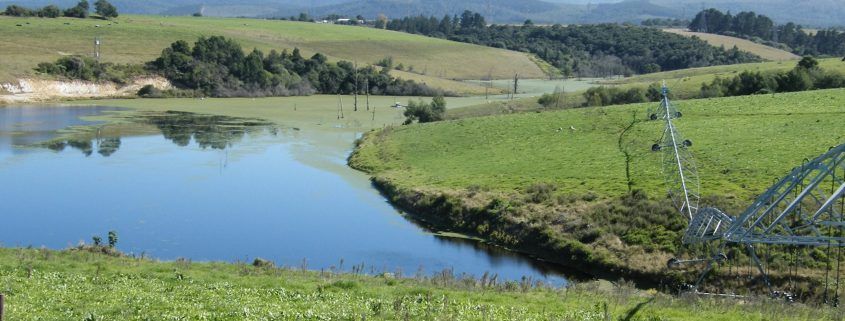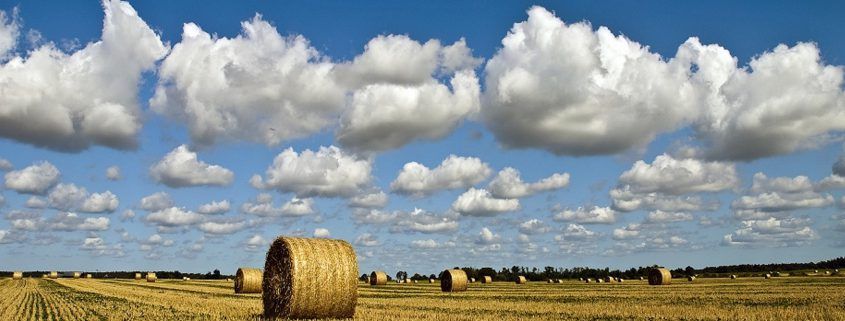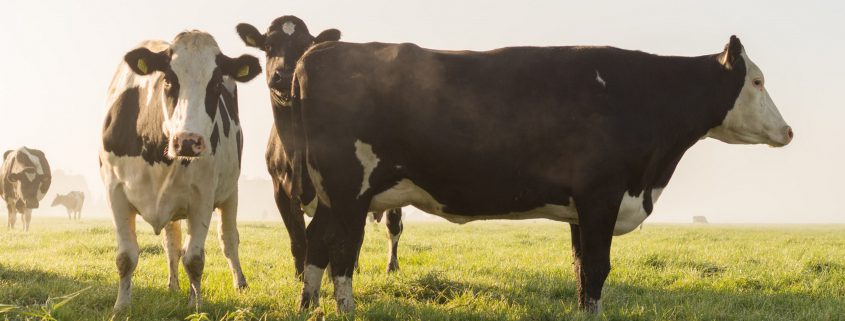The relationship between soil carbon and bulk density
Soil fertility is the soils ability to provide essential nutrients in sufficient quantities as required by the plant. A soil that has a high bulk density will not be able to provide nutrients in sufficient quantities, because bulk density influences the soils ability to infiltrate and store water.










